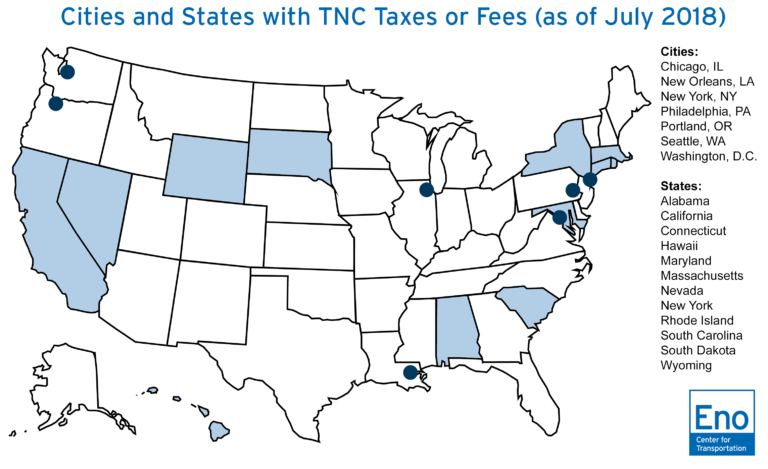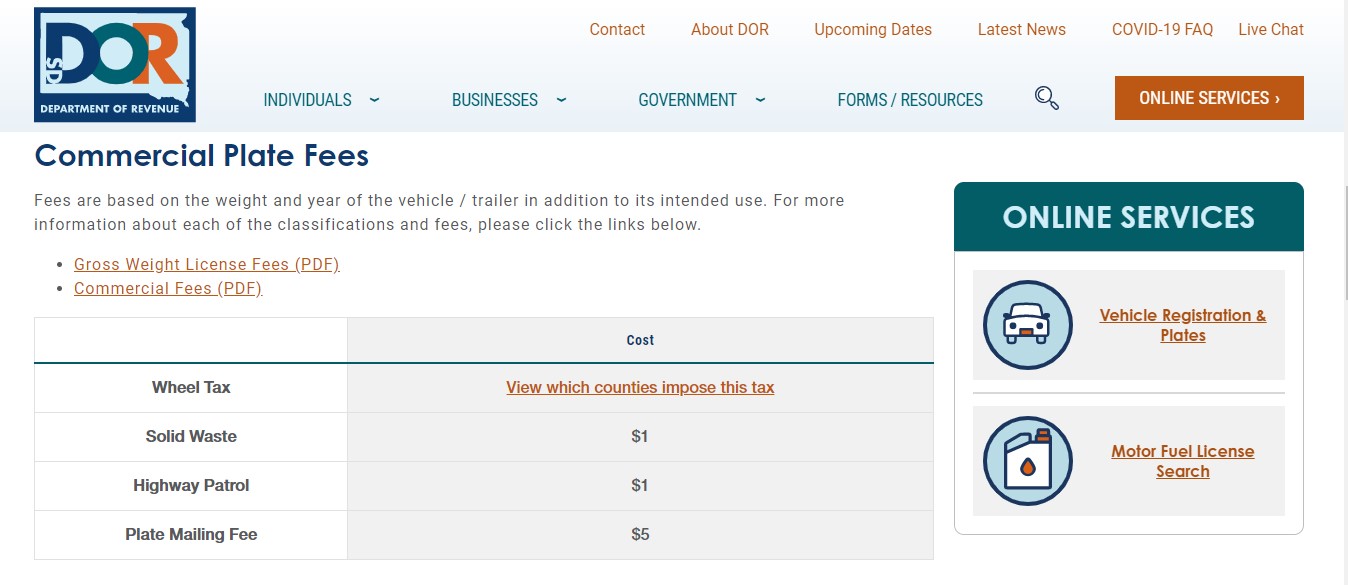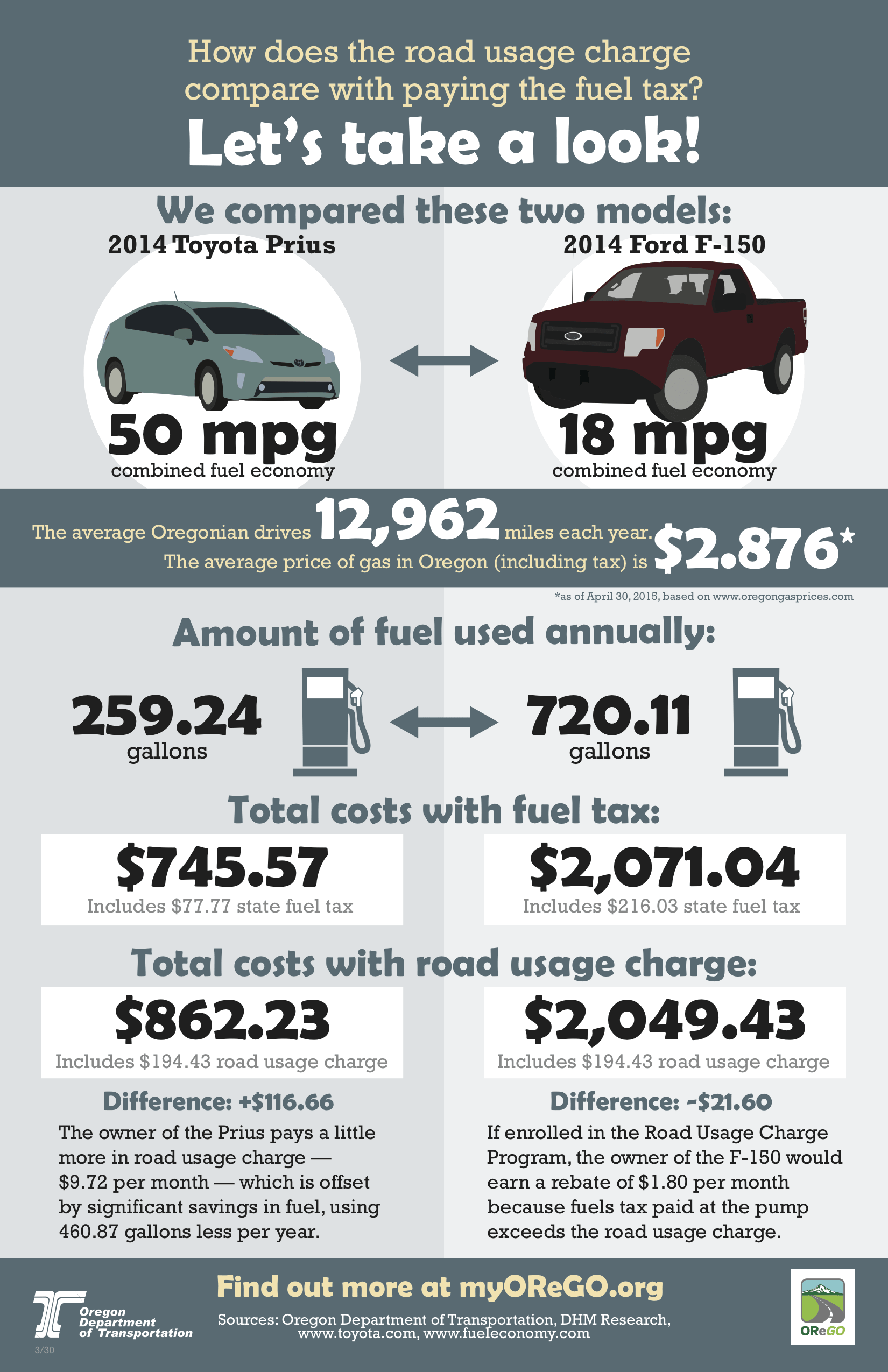Introduction
Let's talk about money.
North Dakota’s transportation system is a tremendous asset. The system was built by our parents and grandparents who believed investing in transportation was important for them and future generations. Today, it has a replacement value of $14.2 billion and we are charged with determining how we will invest to ensure that is continues to be an asset for generations to come.
Over the past several months, we have talked about customer expectations, priorities and various scenarios North Dakota’s Transportation system could be facing in the years to come.
Now, let’s get down to dollars and cents. We have created this funding tool to help you better understand a few issues in North Dakota:
- How transportation in ND is funded
- How much you are paying to support ND transportation
- What transportation funding challenges ND is facing
- What trends are we seeing in other states that we could implement here

With that information we need your help answering the $694M question:
How would you spend the budget?Click 'Next' below to learn more.
How are we funded?
While more than half of North Dakota’s transportation budget comes from Federal funding, the remainder is split almost evenly between the State Gas Tax and vehicle and registration fees. The majority of federal funds is dedicated to pay for highway improvement project costs. Historically, North Dakota has received $2 of Federal Highway funds for every $1 North Dakota drivers have paid into the Federal Highway Trust Fund.
Your monthly costs
How much do you pay each month?
Select an option from the drop-down menus that is the closest to your driving experience to see how much you pay each month.
How does ND Compare?
North Dakota has increased fuel taxes and vehicle registration fees in the past decades to account for rising construction costs and to keep pace with growth in the state's population, businesses, and visitors using the transportation system on a daily basis. Compared to neighboring states, North Dakota ranks relatively low in terms of fuel tax rates and vehicle fees.
North Dakota’s state transportation revenues are heavily dependent on motor fuel taxes and vehicle registration fees.
Motor fuel taxes are levied per gallon, not per dollar. As fuel economy improves, people buy less gas and the state receives less revenue.
The last time North Dakota state rates were raised was in 2005. The last time Federal gas rates were raised was 1993. The same amount of revenue purchases fewer projects as project costs increase.
How much does transportation cost?
NDDOT’s$694 million budget in 2020 may seem like a big number, but with rising costs of transportation services and construction materials, and more and more travelers on North Dakota's roads and systems, that funding does not stretch as far as it used to.
An Upper Great Plains Transportation Institute Study revealed that investing in our transportation system returns $4.90 for every $1 spent. Transportation is a long-term investment in North Dakota’s economy and communities and supports North Dakota's residents, businesses, and visitors.
North Dakota has more than 8,600 roadway miles on its State Highway System. With simple preventive maintenance costs ranging from $180,000 to $265,000 per mile, 20 to 30 percent of the State Highway Fund must be spent on basic repairs each year. This does not count more extensive repairs for roads and bridges with higher levels of wear-and-tear or weather-related damage.
Our funding challenges
North Dakota’s state transportation revenues are heavily dependent on motor fuel taxes and vehicle registration fees. Motor fuel taxes are levied per gallon, not per dollar. As fuel economy improves, people buy less gas and the state receives less revenue.
To maintain current levels of service the NDDOT provides today would require $24.6 billion over the next 20 years. But at current levels, NDDOT can expect $10 billion in revenue. This equates to a gap of $14.6 billion*.
Move ND, NDDOT’s 10-year infrastructure plan, has identified $2.2 billion in critical investments for the highway network alone over the next 10 years to maintain key system components and minimize freight restrictions.
NDDOT is currently in preservation mode, meaning we focus the majority of our resources on preserving the transportation system as it exists today. While some new projects get built, we are losing ground and our system is deteriorating faster than we have resources to preserve it.
*UGPTI 2018 studyWhat is the future of funding?
Other states are exploring additional options for funding transportation, we will look at three.
|
|
|
|
|
|---|---|---|---|
About |
Designed to account for the impacts of ride-share vehicles on the transportation network, such as traffic congestion or additional wear-and-tear on roads. | A common source of revenues for state DOTs around the country, but they are not in place in North Dakota. | Charge drivers for the number of miles they drive rather than the amount of gas they consume. This program is designed to charge people for how much they use the transportation network. |
How does this system work? |
Ride-share sales taxes are placed on trips that people take on ride-share vehicles, such as Uber, Lyft, or taxis. Can be levied as a single value per trip or as a percentage of the trip’s total cost. | Levied on vehicles that serve a commercial or business purpose and qualify for benefits, such as insurance benefits, that come from using a vehicle as part of one’s business. | Participants sign up to enroll in the program and can select from a variety of ways to report their mileage, such as odometer report-outs or GPS-based monitoring systems. Paid on a scheduled or on-going basis. |
Where is this being used? |
 Click or tap the image to enlarge. Learn more |
 Click or tap the image to enlarge. Learn more |
 Click or tap the image to enlarge. Learn more |
How would you pay? |
The amount you pay in ride-share sales taxes would depend on how often you use ride-share options, how far you travel, and when you travel. Current fees range from $0.20 per trip to the sales tax rate applied to the total fare. | Fee is often based on the weight or age of a vehicle when the vehicle’s registration is renewed, or take the form of a special license plate or operating permit, which will have separate costs. Other fee structures have a separate category of commercial vehicle fees, which may be tailored to the type of vehicle, such as a truck, trailer, or specialized machinery. |
In Oregon, a mileage-based user fee pilot program charges 1.8 cents on the mile and provides them with a rebate on their state fuel tax payments. That means if your car or truck gets less than 12 miles to the gallon, you save money compared to the current gas tax! |
Learn More |
www.enotrans.org www.accuratetax.com |
www.ncsl.org dor.sd.gov www.opportunityfund.org |
taxfoundation.org www.fhwa.dot.gov www.codot.gov |
Where should we invest?
NDDOT measures performance on a regular basis so that we invest funds when and where it is needed to maintain the transportation system and meet travelers' expectations. Investments are made to preserve assets in good condition, to minimize future costs, to perform preventative maintenance that limits the risk of future wear-and-tear on asset condition, and to ensure that the system works for you.
The example below highlights the range of outcomes for maintenance and repair activities for state roads and bridges. NDDOT measures road and bridge condition on a regular basis and fixes these roads to maintain performance targets. Today, NDDOT invests enough funding to maintain roads and bridges in fair to good condition. But increased travel and decreased revenue from fuel taxes point towards a long-term decline in the condition and performance of our roads and bridges.
ACTIVITY: Your investment preferences
Slide the green dots to set your expectations for each area. Invest as little or as much as you choose and see if you're investing more or less than what is currently available.
| Investment Area | Set Your Expectations | Investment Outcome | Total Investment |
|---|---|---|---|
|
Long
Moderately Long
Moderately Short
Short
|
Services exist as they do today. The average DMV wait time is 30 minutes. Motor registration wait times are as long as they are today. Some facilities have kiosks. The average DMV wait time is 21 minutes. Motor registration wait times are ¾ as long as they are today. A majority of facilities have kiosks and online services are offered. The average DMV wait time is 10 minutes. Motor registration wait times are ½ as long as they are today. Almost all facilities have several kiosks. Online services and smartphone apps are offered. The average DMV wait time is 6 minutes. Motor registration wait times are ¼ as long as they are today. |
$16 M $35 M $60 M $82 M |
|
|
Poor
Fair
Good
Excellent
|
Most roads and bridges have major cracks, ruts, and potholes and result in wear and tear on your vehicle. Driving feels continually rough. Most roads and bridges have cracks or potholes. Wear and tear on your vehicle is minor. Driving is often rough. Most roads and bridges have only minor cracks and ruts but have frequent patches and repairs. Driving is mostly smooth. Almost all roads and bridges have new pavement and are smooth to drive on almost all of the time. Cracks and potholes are quickly filled in on roads throughout the state. |
$70 M $140 M $400 M $720 M |
|
|
Slowly
Moderately Slowly
Moderately Quickly
Quickly
|
Most roads take nearly a full day to clear. Some roads take approximately 10 hours to clear after snowfall. Some roads take approximately 5 hours to clear after heavy snowfall. Roads take approximately two hours to clear after heavy snowfall. |
$15 M $20 M $24 M $32 M |
|
|
Safe
Somewhat Safer
Much Safer
Safest
|
The system's existing safety assets are maintained in their current condition, but risk falling into disrepair as infrastructure ages. Safety improvements are installed at high-risk areas throughout the system. Some of the system includes safety improvements on roads and sidewalks. Most of the system includes safety improvements on roads and sidewalks. |
$6 M $25 M $40 M $63 M |
|
|
Poor
Fair
Good
Excellent
|
The system's pavement, road markings, signs, and roadway landscaping are maintained at minimal functionality. Some pavement, road markings, signs, and roadway landscaping are well maintained. Most pavement, road markings, signs, and roadway landscaping are well maintained. New materials and technologies for pavement, road markings, signs, and roadway landscaping are incorporated into the transportation system. |
$6.5 M $12 M $25 M $40 M |
|
|
Difficult
Less Difficult
Easier
Easy
|
Bike lanes, sidewalks, and pedestrian amenities are available on less than 10% of roads; Transit service is as available as it is today. Bike lanes, sidewalks, and pedestrian amenities are available on 25% of roads; Transit service is as available as it is today. Bike lanes, sidewalks, and pedestrian amenities are available on 60% of roads; Transit service availability improves by 25%. Bike lanes, sidewalks, and pedestrian amenities are available on 90% of roads; Transit service availability improves by 100% |
$4 M $4.5 M $7 M $10 M |
|
|
Less Efficient
Moderately Less Efficient
Moderately More Efficient
More Efficient
|
The freight system is maintained in its current condition, but risks falling into disrepair as infrastructure ages. Height/width restrictions for trucks are removed from critical freight corridors, critical short line rail lines can carry heavier loads. Most state roadways have no height/width restrictions for trucks and some short line rail lines can carry heavier loads. Almost all state roadways have no height/width restrictions for trucks and almost all short line rails can carry heavier loads. |
$9 M $75 M $175 M $280 M |
Your Investment Total:
$0 MTotal Compared to Available Budget*:
+$0 M*The available budget is the amount of money that NDDOT can invest in its services and assets after deducting fixed costs from its total budget.
Increase/Decrease in Monthly Contributions:
$0 MACTIVITY: Your funding preferences
Now you've learned more about how transportation is funded and what challenges we face in meeting our future needs. You've set your own budget priorities and invested in North Dakota's transportation system and seen how that investment compares to current levels. At your proposed level of investment, how would your contribution to transportation change?
Increase/Decrease in Monthly Contributions:
$0 M*Based on your answers on the previous slide.
Enter in your preferred dollar amount below to meet the Increase/Decrease in Monthly Contributions total listed above.
These changes would result in a change of $0 million to support our transportation system and services.
The average monthly contribution would be $0.00
Funding survey
Based on what you just learned about how much it costs for NDDOT to deliver your expectations and keep North Dakota's transportation system and services in good order. Please tell us a bit more! Your responses will help NDDOT understand North Dakotans’ priorities and values for the state’s transportation network.
Thank you!
NDDOT provides additional information to the public on how transportation is funded and how those funds are used. Check out the following links and resources to learn more.
More resources:
- Transportation Connection
- NDDOT 2019 Transportation Handbook
- The North Dakota Symposium of Transportation Funding, March 2018
- American Society of Civil Engineers – North Dakota 2019 Report Card
- Upper Great Plains Transportation Institute study on Local Road Needs
Are you on our mailing list?
Demographic Survey:
The Civil Rights Act of 1964 and related nondiscrimination authorities require the North Dakota Department of Transportation to ensure everyone has the opportunity to comment on the transportation programs and activities that may affect their community. To help with this, we ask that you respond to the following questions. You are not required to disclose the information requested in order to participate. Any information provided will be retained solely for the purpose of collecting statistical data to ensure inclusion of all segments of the population affected by transportation programs and activities. Your information will not be used or retained in any other way.




